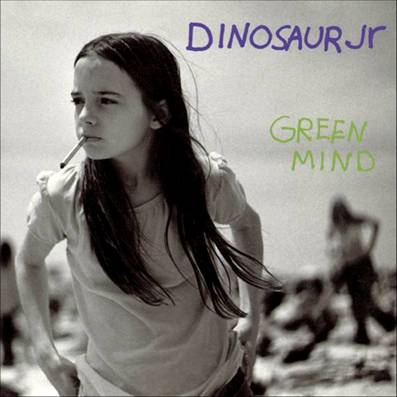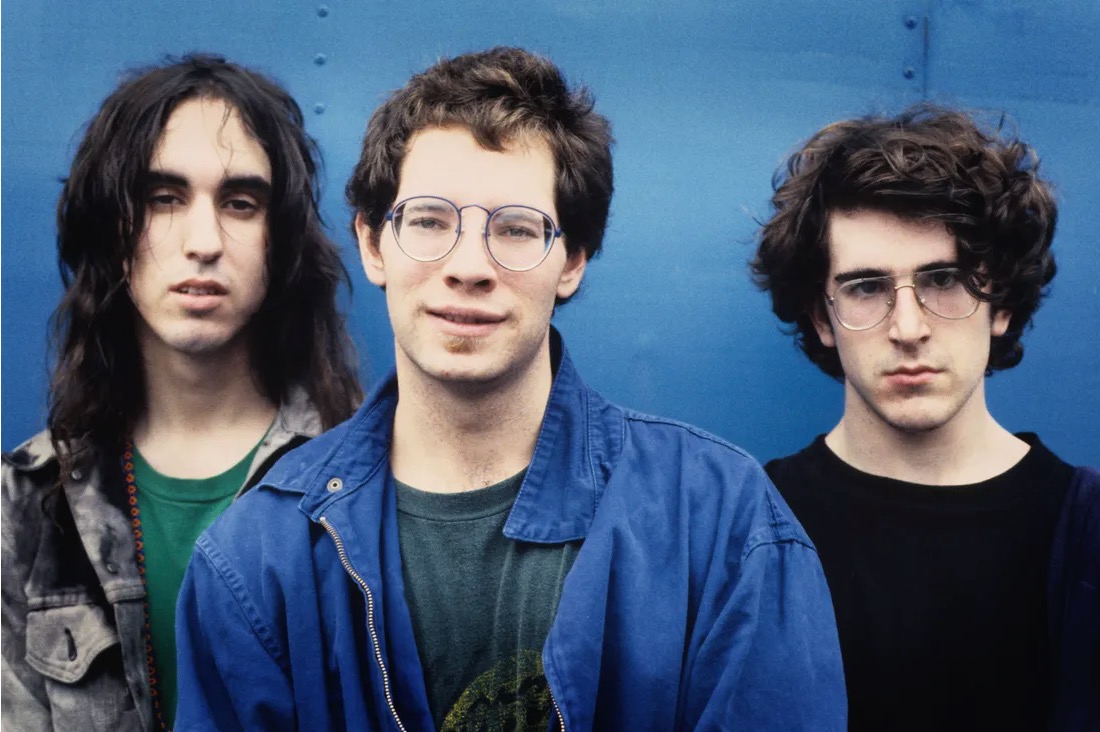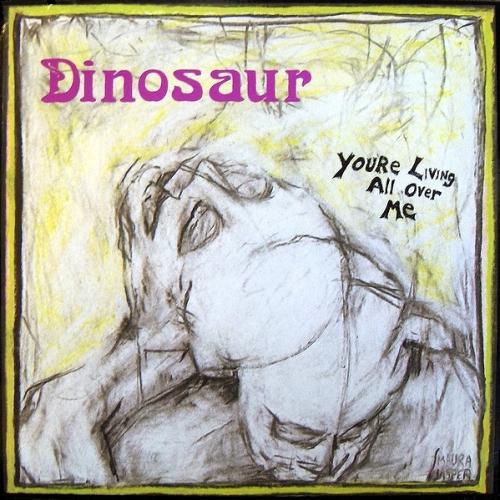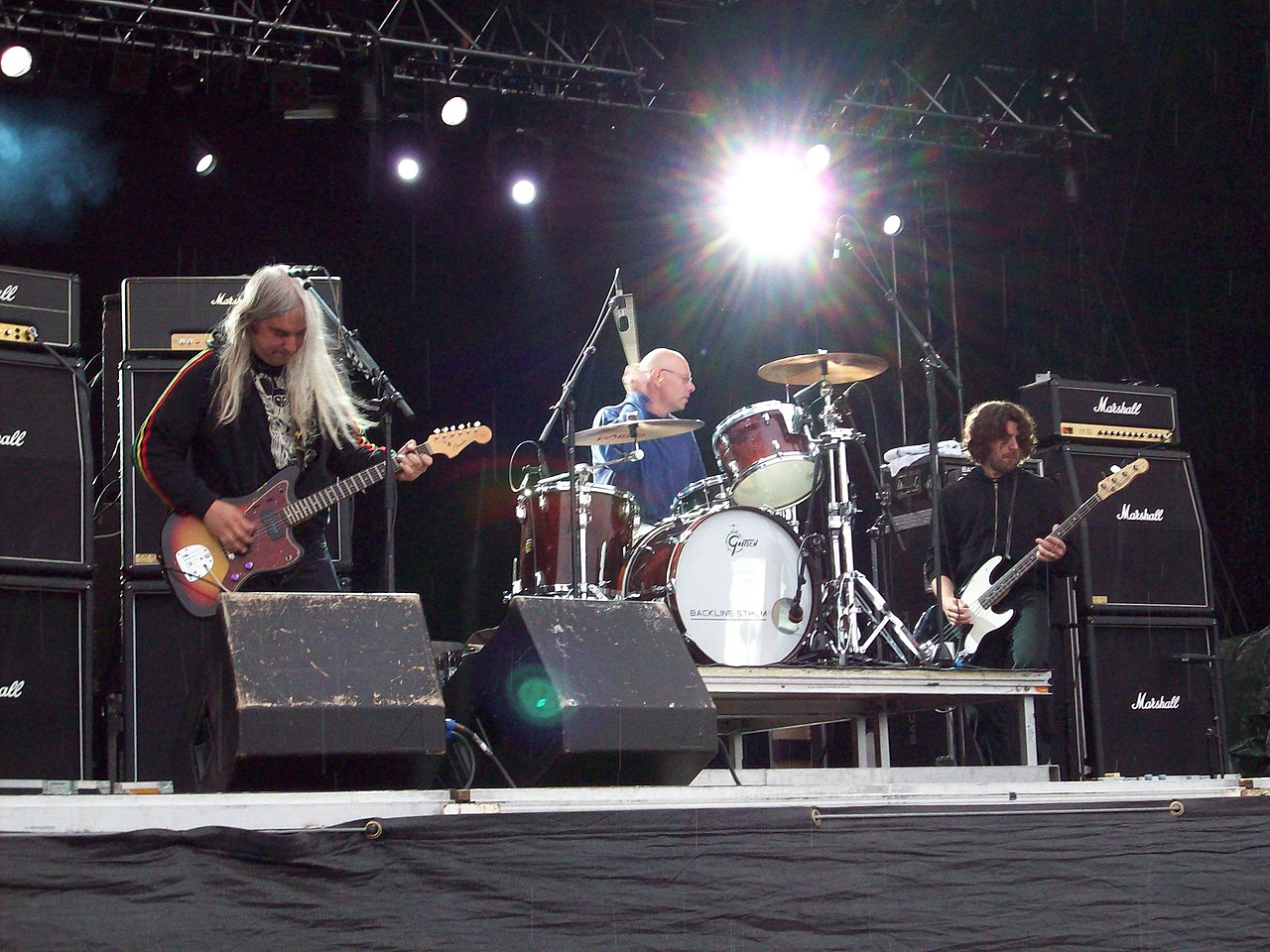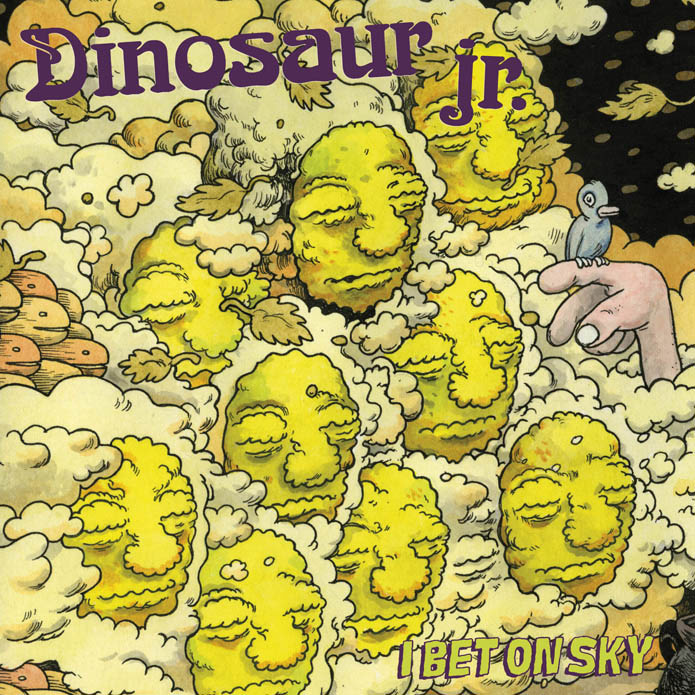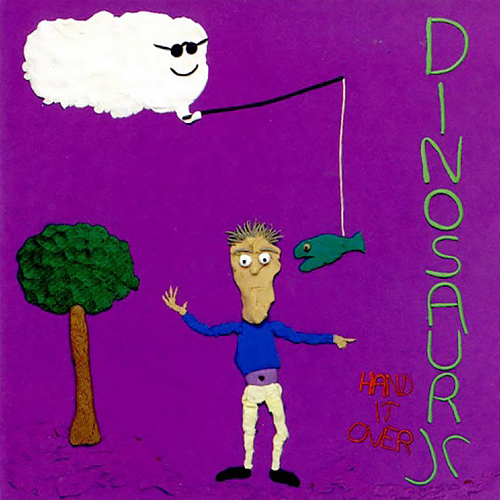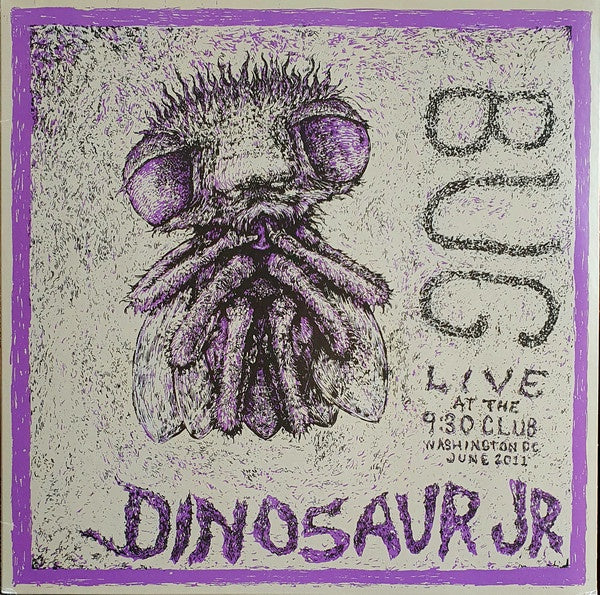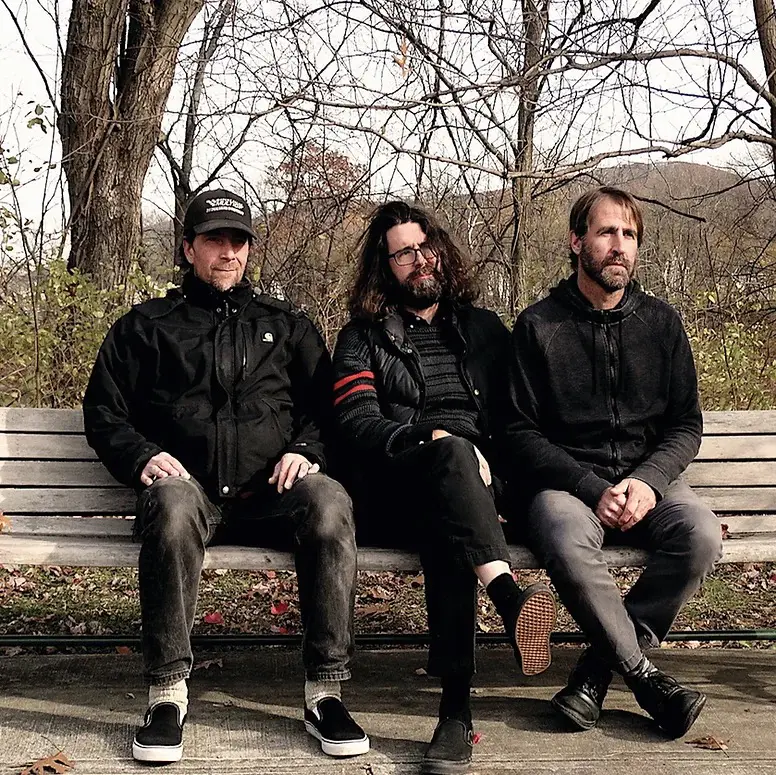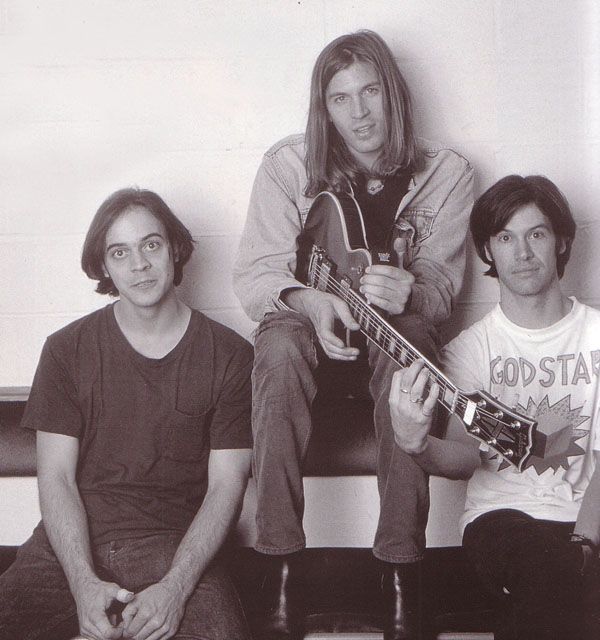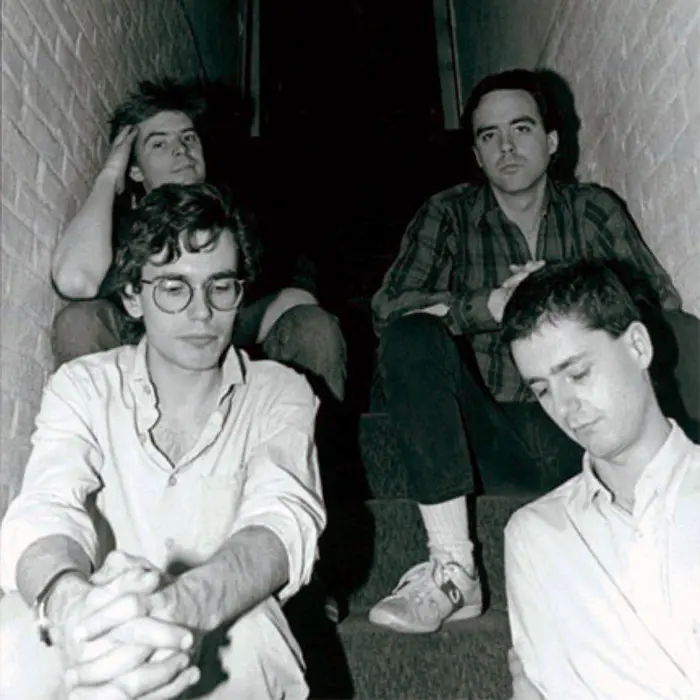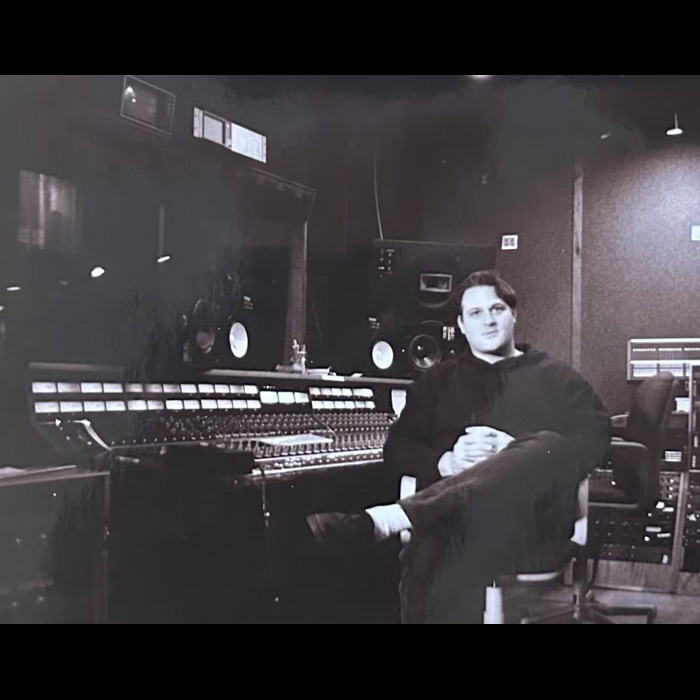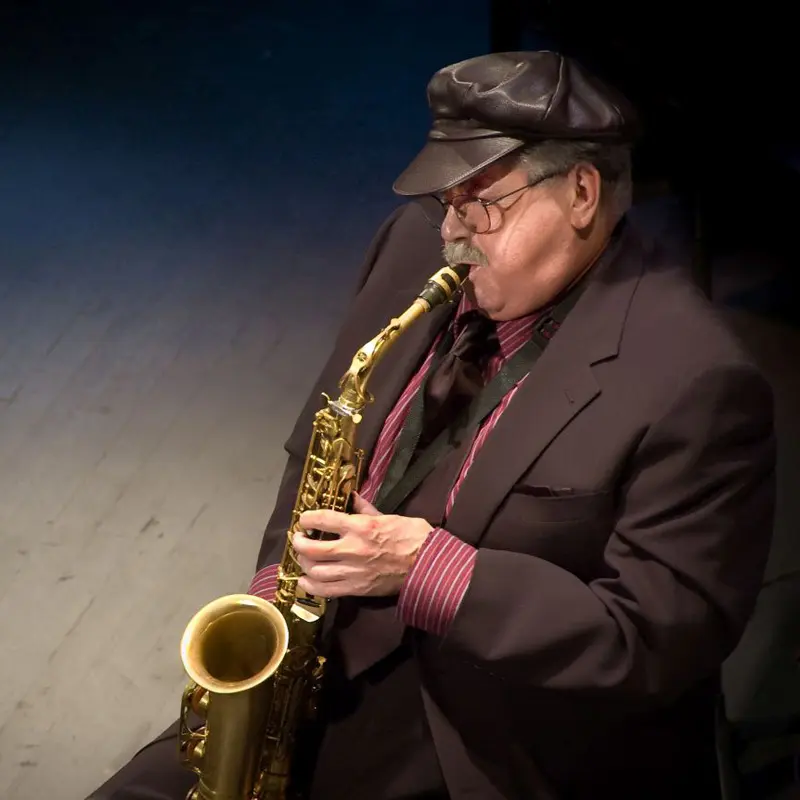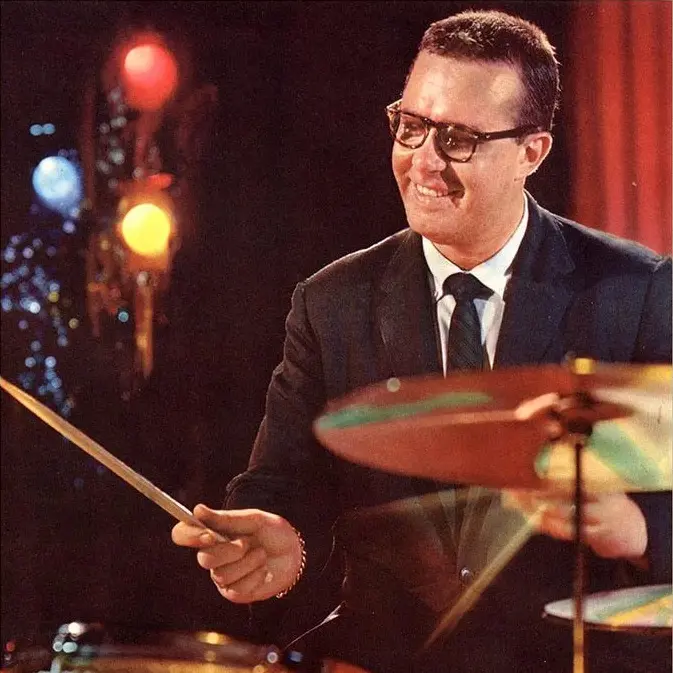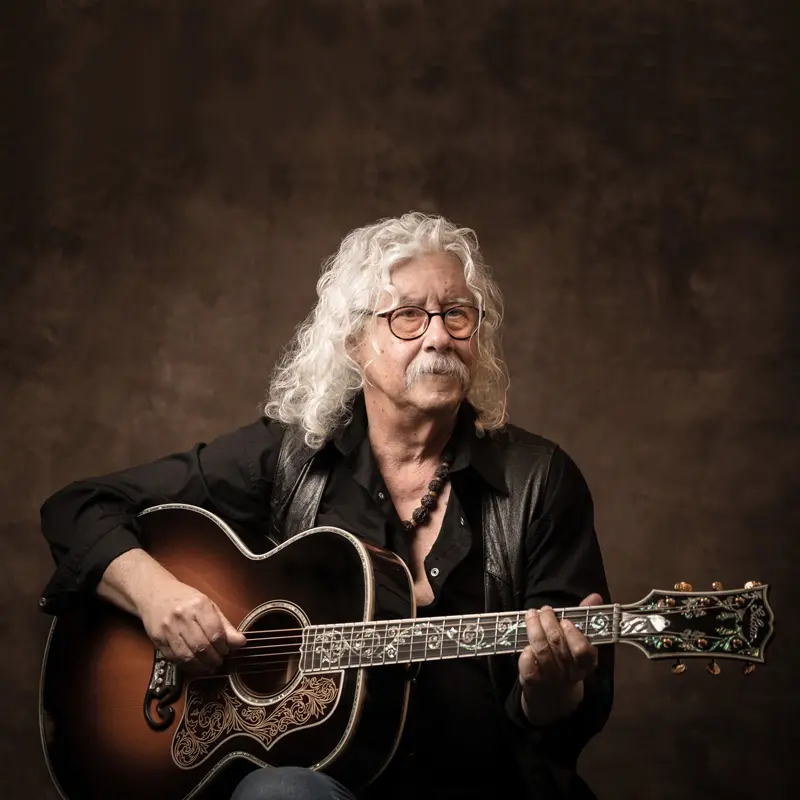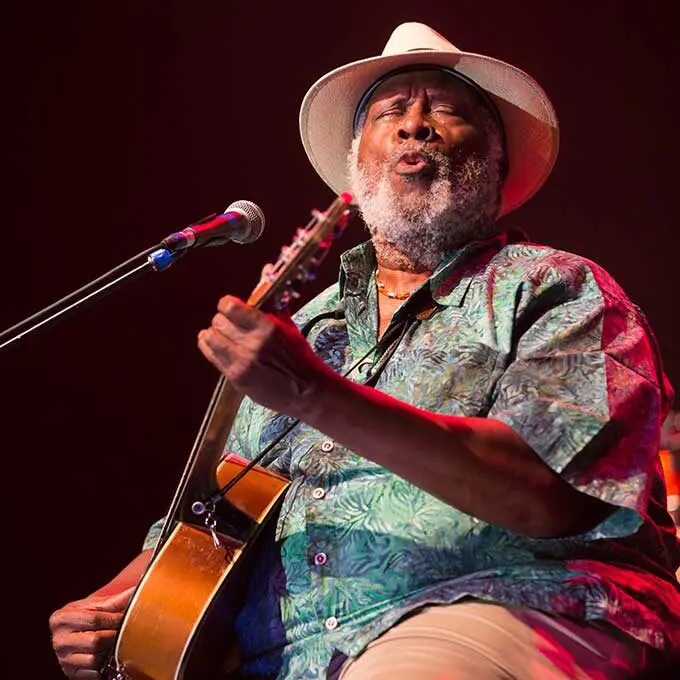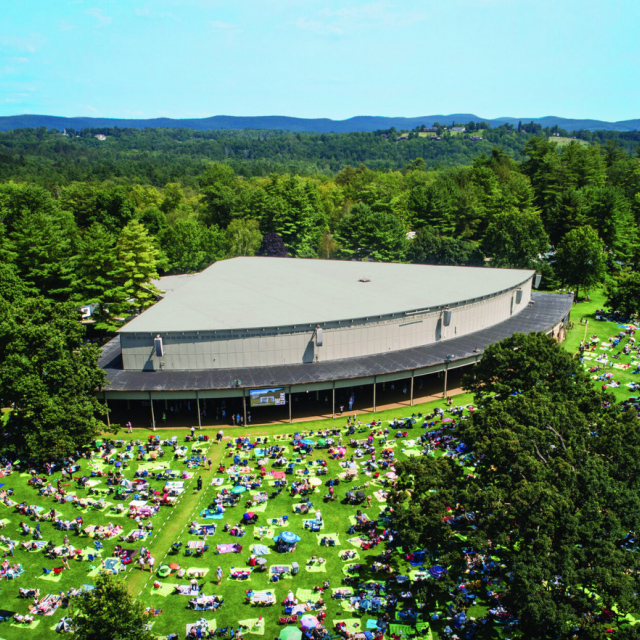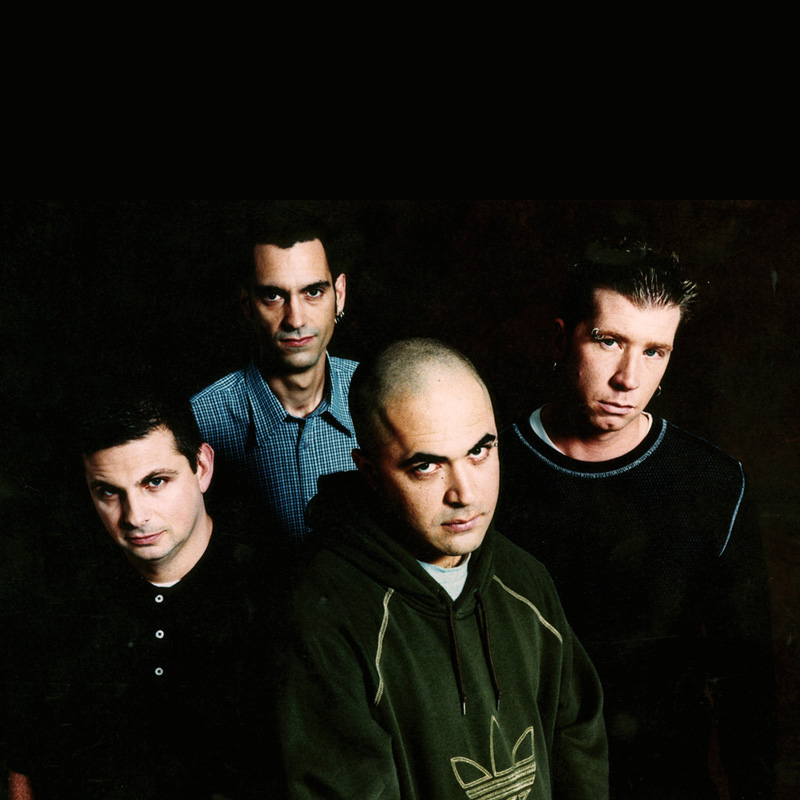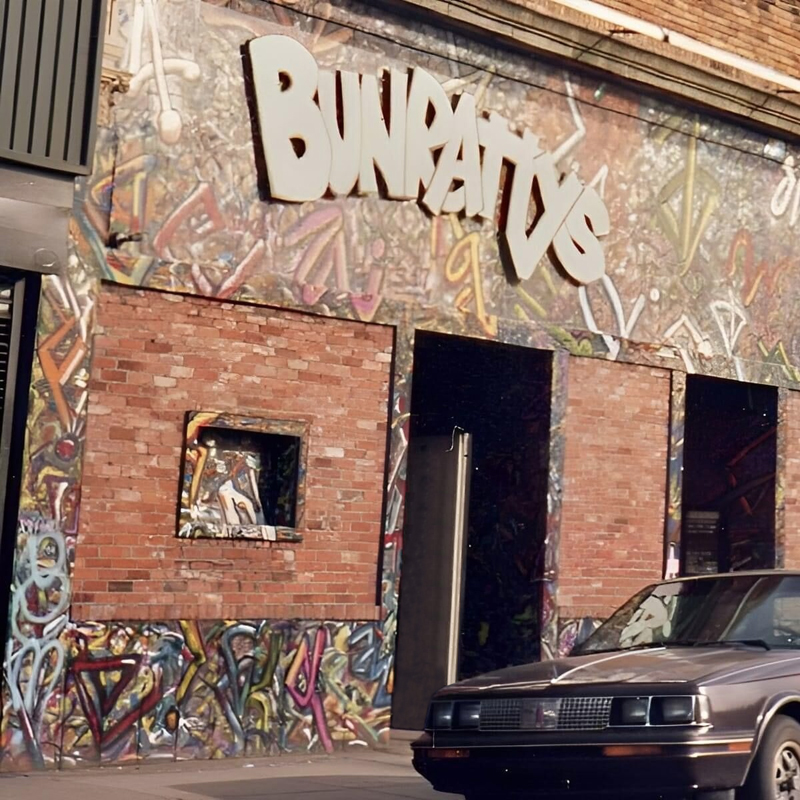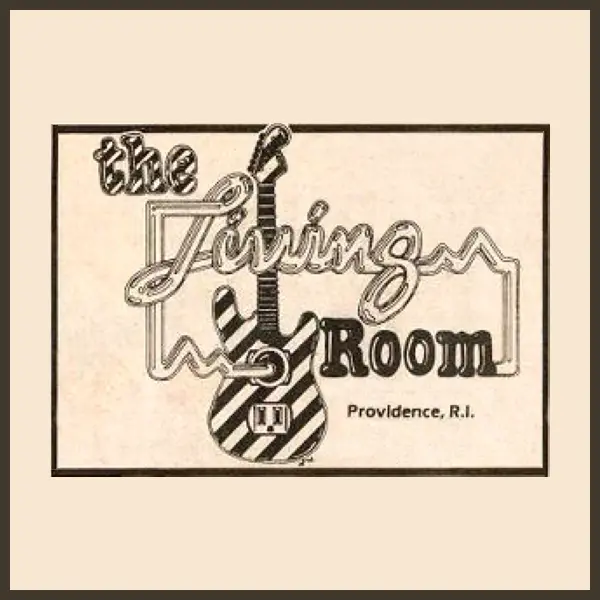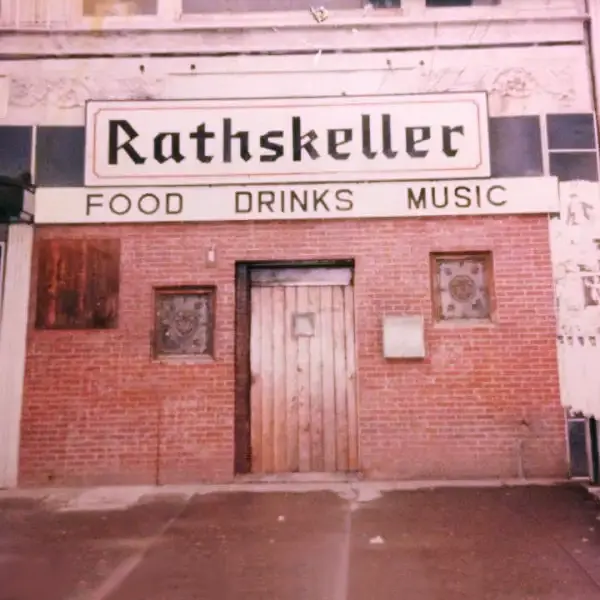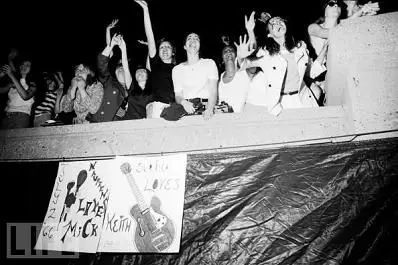Dinosaur Jr.
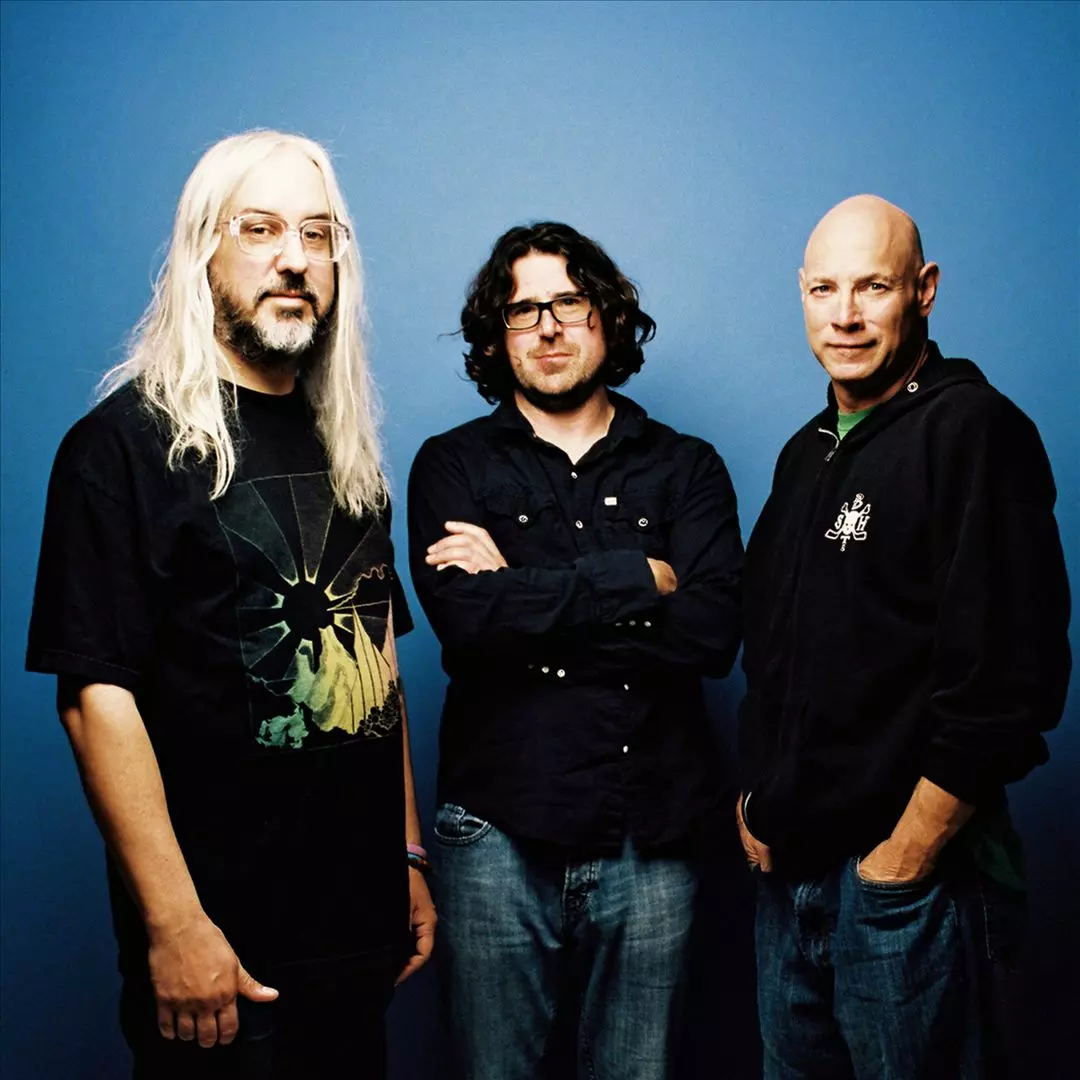
Since classical, jazz and folk bastion Tanglewood is nestled in the bucolic beauty of Western Massachusetts, most people are entirely unsurprised to hear that some of New England’s most celebrated jazz and folk artists have deep roots in the area, among them Phil Woods, Joe Morello, Arlo Guthrie and Taj Mahal. But as shocking as it may be to some, the region has also germinated a number of ear-splitting, face-melting, head-numbing heavy-rock bands, including Staind, formed in 1994 in Springfield, Killswitch Engage, formed in 1999 in Westfield, and the bone-crushing granddaddy of them all, the ever-brain-rattling power trio Dinosaur Jr., formed in Amherst in 1984.
With a singular sound that defies definitive categorization, Dinosaur Jr. has been labeled alternative rock, indie rock, noise rock, noise pop, hardcore punk and grunge, and the group has been enormously influential in all those genres for over 40 years. Actually, though, the band has created a genre almost all its own, towering like some indomitable sonic beast that shreds its audiences to pieces with vicious, unrelenting acoustic assaults. Using extreme variations in dynamics, dazzling extended guitar solos, maximum feedback and distortion, pounding bass lines, thunderous drumming and vocalist J Mascis’ ever-distinctive whiny drawl – which he says he developed by listening to Neil Young, Mick Jagger and John Fogerty – Dinosaur Jr. is a stadium-filling behemoth that’s staved off near extinction more than once.
Formation, Debut album
The group was formed in 1984 as Dinosaur – not Dinosaur Jr. – by guitarist, vocalist and Amherst native J Mascis (born Joseph D. Mascis), bassist Lou Barlow, raised in Westfield, and drummer Murph (born Emmett “Patrick” Murphy), whose father was a professor at Smith College in Northampton. They built a devoted local following by playing gigs at UMass Amherst, Hampshire College and other small venues before recording an EP or LP.
In 1985, Long Island-based Homestead Records released the band’s self-titled debut, for which Mascis wrote all the songs and which was made for just $500 in a home studio in Northampton. Though the album was virtually ignored by both the mainstream and alternative press – and sold only about 1,500 copies in its first year – the group’s ferocious live shows post-punk havens like the Rathskeller (Boston) and The Living Room (Providence) earned them a cult following across New England.
Sonic Youth tour, Name change, You’re Living All Over Me, Bug
In 1986, after watching Dinosaur play at CBGB in New York City, Sonic Youth invited the band to join them on their upcoming tour of the Midwest, putting Dinosaur on the map far outside New England. Later that year, the band was forced to change its name following a lawsuit filed by members of Jefferson Airplane, the Grateful Dead, Hot Tuna, Quicksilver Messenger Service and Country Joe & the Fish who had formed a supergroup called Dinosaur. Not wanting to sacrifice the name recognition the band had established, Mascis, Barlow and Murph simply added “Jr.”
In 1987, after signing with Black Flag’s indie label SST, Dinosaur Jr. recorded their second LP, You’re Living All Over Me, an underground smash that they supported with a European tour and shows all along the east coast including one at the Nightshift Café in Naugatuck, Connecticut. In 1988, they cut the single “Freak Scene,” which became an instant college-radio hit, followed by their breakthrough album Bug, recorded at Fort Apache Studios. The online publication Beats Per Minute ranked #41 in its list of “Best 1980s Albums” and one critic praised Mascis’ songwriting as “outlandishly great,” noting his abundantly obvious classic-rock and folk influences.
Barlow’s departure, Sebadoh
In 1989, following a tour that included Bunratty’s in Boston and The Border in Burlington, Vermont, tensions between Mascis and Barlow were so high that they rarely spoke and Barlow left the group to form the Northampton-based indie-rock band Sebadoh. Don Fleming of psychedelic post-punkers The Velvet Monkeys replaced him briefly before Van Connor of Screaming Trees took over four-string duties. The new lineup had an underground hit with its non-LP cover of The Cure’s “Just Like Heaven,” then left SST to sign with Sire Records, the group’s first major-label deal.
Green Mind, Whatever’s Cool with Me, Where You Been
In February 1991, Sire issued Green Mind, the band’s first album as Dinosaur Jr. but their fourth overall, which was essentially a Mascis solo effort since he wrote all the songs and played all the instruments on seven of the 10 tracks; Murph is behind the kit on three tunes. The group toured throughout the year with new bassist Mike Johnson, formerly of Slash’s Snakepit, and their opening act was Nirvana, whose second LP, Nevermind, dropped in September.
In 1992, Dinosaur Jr. recorded the EP Whatever’s Cool with Me, followed by the 1993 LP Where You Been, which reached the top 10 in the UK and #50 in the Billboard Top 200 – the band’s first album to make that chart. The single “Start Choppin’” made it to #3 in the Billboard Modern Rock Tracks chart. The group played on the third Lollapalooza tour that summer and Murph left the group later in the year to join Boston-based alt-rockers The Lemonheads, with that band’s drummer, George Berz, joining Dinosaur Jr.
Without a Sound, Martin & Me, Hand It Over
In 1994, with Mascis as the only remaining original member, Sire issued the next Dinosaur Jr. album, Without a Sound, which reached #44 in the Billboard Top 200; the single “Feel the Pain ” hit #4 in the Billboard Modern Rock Tracks chart. In 1995, Mascis made his first solo acoustic tour which he recorded for his 1996 solo album Martin & Me. In 1997, Dinosaur Jr. recorded Hand It Over, which critics praised as Mascis’ best effort since Bug but charted poorly at #188 in the Billboard Top 200 and didn’t produce a hit.
Disbanding, Reunion, 2000s albums, Mascis’ comments on reunion
In 2000, Mascis disbanded Dinosaur Jr. to start a solo career, recording More Light under the name J Mascis + the Fog. In the wake of the group’s demise, their songs appeared on the collections BBC Sessions (2000) and Ear-Bleeding Country: The Best Of (2001). The book Our Band Could Be Your Life: Scenes from the American Indie Underground, 1981–1991 (Little, Brown and Company, 2001) details the band’s backstory along with that of Mission of Burma and several others.
In 2005, after Dinosaur Jr.’s first three albums were reissued and Rhino released J Mascis Live at CBGB’s (a recording of an acoustic gig from 1993), Mascis, Barlow and Murph reunited to play on The Late Late Show with Craig Ferguson, followed by a tour that took them across North America, Europe and Japan and their eighth studio album, Beyond, in 2007. The reunion stuck, resulting in four more studio albums – Farm (2009), I Bet On Sky (2012), Give a Glimpse of What Yer Not (2016) and Sweep It Into Space (2021) – along with regular tours and appearances at festivals around the world.
Asked in a 2019 Rolling Stone interview what sparked the reunion, Mascis grinned and shrugged in perfect synch with his laid-back, devil-may-care public image. “We agreed to do a TV show and a gig,” he said. “It seemed okay, so I agreed to do another thing and then a tour. It’s kind of like, each thing that came up, I’d decide if I felt like doing it or not. And then it just kind of went on and on, and we’re still doing it.”
(by D.S. Monahan)

